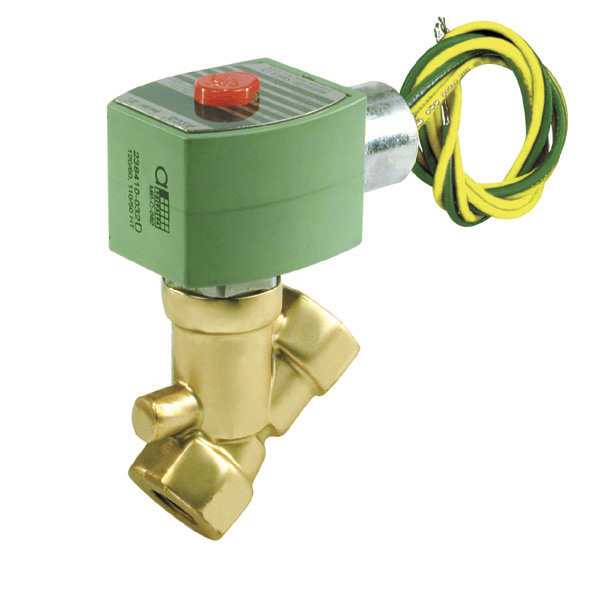Good fix.
When Are you getting beer out of the thing?
Hell or Highwater - next weekend. It will in no way be "done" by then, but it'll brew...

Good fix.
When Are you getting beer out of the thing?

First off... Awesome.
Second, and this is probably obvious, but please tell me there's GFCI involved in that circuit somewhere and that your HLT is grounded. Don't want to be a ****** bag but just want to make sure we're all playing safe. Sorry if you already mentioned that somewhere and I missed it.
Could you potentially give more information about what you're using for the software end of things. That is, is the interface written in C? Visual Basic? Where did you get the PID code?
I wasn't too surprised to see you were having SSR problems w/out a heat sink. Is that one heat sink being used on all your SSRs? I've got a bit of experience with these and I can tell you confidently that SSR life is greatly diminished w/out proper heat sink use. I'm not sure what the current load on the others is but you might potentially want to consider getting a much larger heat sink or individual heat sinks for each SSR. Although, if not much current's being drawn on the others it might not be a big deal. Usually SSR data sheets have some graphs and recommendations for heat sink use.
Again... that's freaking awesome. I've been thinking for a long time about doing something similar w/ a PLC, LabView, or Visual C++ and a touch screen but don't have anywhere near the time and money that you apparently do. I'm very jealous! Bravo to you sir!
Ahh, so you painted the frame black, nice upgrade.

 If you can't brew consistent beer with that thing, you must be doing something SERIOUSLY wrong!
If you can't brew consistent beer with that thing, you must be doing something SERIOUSLY wrong! Yes, all the wall plugs in my brewery have GFCI's built in - including the 220v. While there is always a chance of a major leak, the chances are minimal and would probably happen in the front of the rig, not in the back where the breakout box sits. The touchscreen is fully encased in metal and can withstand getting wet.
The load on the other relays are minimal - they are all rated for 25 amps and are probably pulling < 1 amp each. The 220v relay is rated for 40 amps and the packaging stated that a heatsink was only required above 25 amps. This is obviously wrong as I estimate that the heating element is pulling around 22 amps and that thing was crazy hot.
The API was provided by the manufacturer of the usb device and could be programmed in most any language.




So JB, since you recirc your wort constantly, have you ever had a problem with a stuck mash? Ever made hi wheat or hi grav with the herms?
I've been toying with the idea of doing something similar using an Arduino Arduino - HomePage
Someone already wrote a PID function for it and can get some temp probes and relays easily as well. Total cost, using an old laptop and my current electric setup, would be about $200. It would probably take me about 40-100 man hours to do it, that's the biggest reason I haven't done it*.
Looks like the LabJack stuff has very limited Linux support
What touch screen you using?
Yours looks 1000 times better than anything I'd do. :rockin:
*I write C code on Unix for a living...


'== Brew Title =============================================
Georgia Pale Ale
'== Mash Schedule (Yes/No, Temp, Time) =====================
Y 104 20 'Acid Rest
Y 126 20 'Protein Rest
N 140 0 'Intermediate Rest
Y 152 60 'Saccharification Rest
Y 170 30 'Mash-out Rest
Y 178 30 'Sparge
'== Boil Time (in minutes) =================================
75
'== Boil Additions (in minutes) ============================
60,15,5Well that's really simple. Will each one of these programs be available via the touch screen by name? Are you programing this yourself?

I want to pick up the Arduino, but I didn't feel it was suited for this project.
Why? (not being a jerk, asking as an engineer.) I'm reading some on the LabJack stuff, so maybe it is "better" suited. I just prefer to work in a unix-like environment. I know the Arduino is much more "do-it-yourself" than the labjack stuff.
To be honest, it will be a while before I get to even start on mine. Plus, I rarely do step mashes and my cooler only looses about 1 degree per hour.
A big thumbs up from a systems software guy.
All I can say is remember Hal in 2001: a Space Odyssey.
You are going to come home one day and that thing is going to be cooking up a batch of Light Lager all on its own. You will be locked out and that screen will say something like "Trust me, this is for your own good..." I
tell you, it is evil and you should send it to me ASAP.
Enter your email address to join: